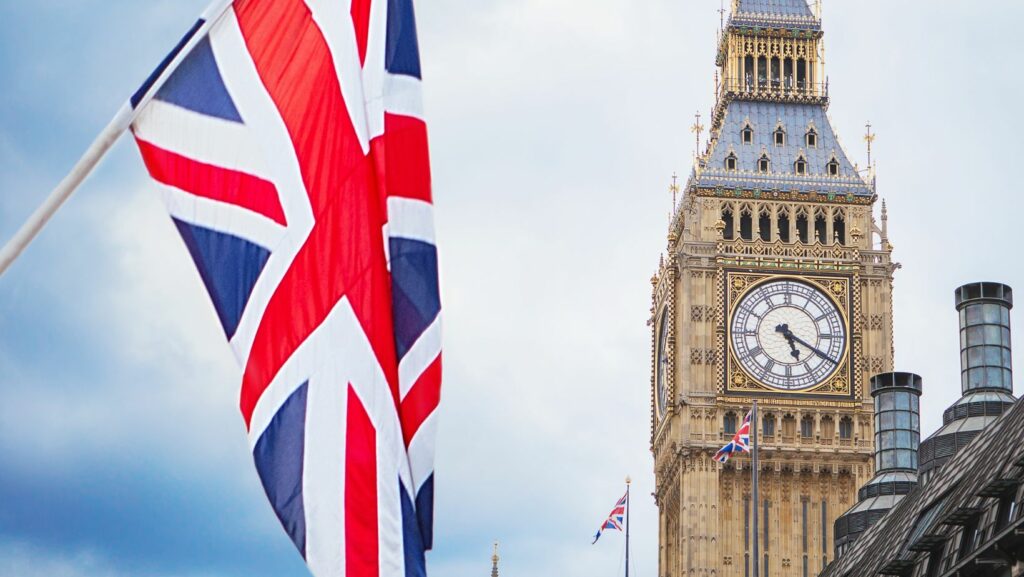London, a city where history meets modernity, never ceases to enchant travelers. From its iconic landmarks like the Tower of London and Buckingham Palace to its vibrant neighborhoods such as Camden and Shoreditch, there’s something for everyone in this bustling metropolis. With so much to explore, Lonely Planet’s guide to London offers invaluable insights and tips to make the most of your visit.
London Lonely Planet

Lonely Planet’s London guide offers detailed information on major attractions, such as the British Museum and the Houses of Parliament. It includes hidden gems like Daunt Books and Leadenhall Market.
The guide provides practical tips, from navigating the Tube to understanding London’s Oyster card system. It helps travelers with restaurant recommendations, like The Ledbury and Dishoom, and advises on accommodation options, ensuring comfort for various budgets. Readers gain deep cultural insights into London’s diverse neighborhoods, including Notting Hill and Brixton. This feature enriches travelers’ experiences by highlighting local festivals, art galleries, and culinary hotspots.
Lonely Planet includes maps and photographs for easy navigation and visual context. Clear maps of districts, including Covent Garden and Soho, help tourists locate attractions efficiently. Photographs capture London’s essence, from the iconic Tower Bridge to vibrant street art in Shoreditch.
Through these key features, the Lonely Planet guide ensures an enriching and manageable exploration of London.
What To Expect

Visitors to London can anticipate a dynamic city where historic sites and modern attractions coexist. Recognizable landmarks like the Tower of London and Buckingham Palace are must-sees. Alongside these, neighborhoods such as Camden and Shoreditch offer vibrant atmospheres rich with unique experiences.
Lonely Planet’s guide to London provides indispensable insights. It covers key attractions, cultural diversity, and culinary destinations. The guide also offers practical tips on using public transport. Understanding the Oyster card system and effectively navigating the Tube can save time and money.
The guide highlights both popular and lesser-known spots. Daunt Books and Leadenhall Market are examples of hidden gems often overlooked by typical tours. Detailed maps and photographs ensure readers can explore efficiently.
Diverse neighborhoods like Notting Hill and Brixton come alive with local festivals, art galleries, and food markets. Lonely Planet ensures an organized and culturally enriching trip by providing detailed, practical, and cultural information about London’s many facets.
User Experience

Lonely Planet’s guide optimizes user experience with intuitive design and rich content. The layout facilitates easy navigation, blending detailed maps and concise, relevant information. Users can quickly access sections on top attractions, local tips, and culinary recommendations.
Practical features enhance the usability of the guide. Integrated public transport guides simplify trip planning and daily commutes. For instance, step-by-step instructions on using the Tube and Oyster card system reduce travel stress. Additionally, offline access ensures users aren’t hindered by connectivity issues.
Interactive elements further improve engagement. Users can bookmark favorite spots and customize itineraries, making the journey personalized. High-quality images and insightful descriptions help travelers visualize their destinations before visits.
Overall, Lonely Planet’s focus on user-friendly design, practical features, and engaging content ensures a seamless and enjoyable experience when exploring London’s diverse offerings
Comparison With Other Travel Guides
Lonely Planet’s guide to London stands out for its blend of comprehensive coverage, practical information, and user-friendly design. While other travel guides may offer detailed insights, they often lack the intuitive features that make trip planning seamless. Many guides don’t provide the same level of cultural depth and interactive elements that Lonely Planet includes.
Users appreciate Lonely Planet’s ability to cater to diverse interests, from major landmarks to hidden gems. In contrast, some travel guides might focus too narrowly on tourist hotspots, missing the local charm. The integrated public transport guides and offline access also give Lonely Planet an edge, ensuring travelers can navigate the city effortlessly.
Though it has its drawbacks, such as the potential for overwhelming detail, Lonely Planet’s guide remains a top choice for those seeking an enriching and hassle-free London experience. Its thoughtful design and rich content make it a valuable resource for any traveler.

